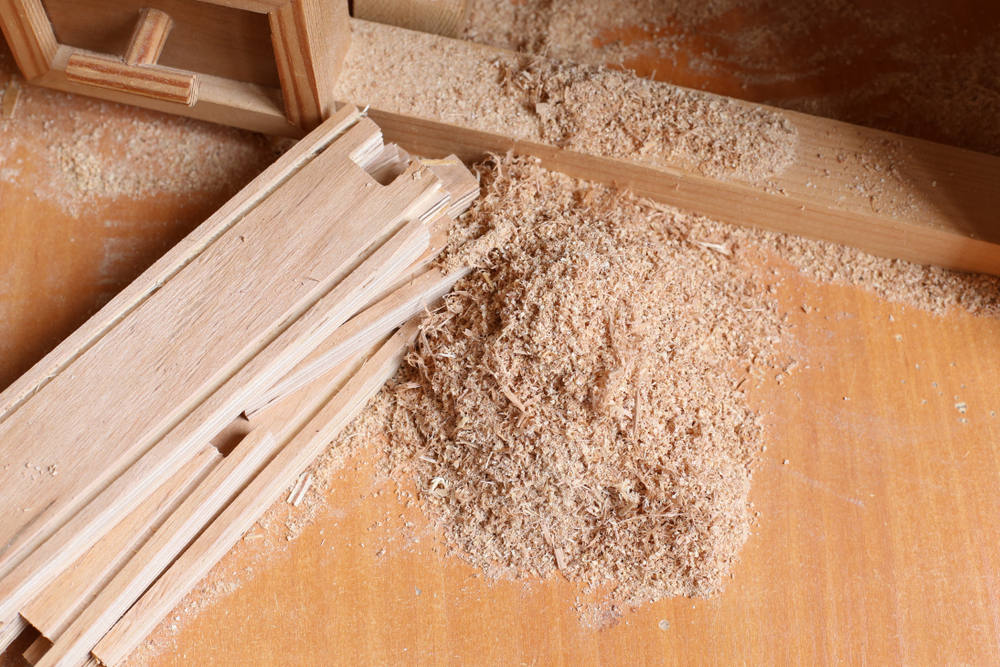If you’re a tradie that often works with wood, you need to be careful of the dust that comes from any wood processing. Not only can these particles irritate your eyes, but if you breathe them in, they can also do some serious damage to your lungs. Here’s what you need to know about keeping yourself safe from wood dust.
Why is wood dust so bad?
Whenever you’re sawing, sanding or sweeping wood dust, you’re exposed to the particles in the air. If you’re not wearing the right protection, the smaller particles that your upper respiratory system can’t filter out will enter your lungs. This can lead to breathing problems, including asthma and even lung cancer.
How can you control exposure?
Eliminate
There are a number of ways you can try to control the exposure of wood dust on site. Eliminate the risks by buying pre-cut or processed wood materials initially if possible. You can use local exhaust ventilation (LEV) to capture the dust from any wood processing. Use water damping methods where possible and avoid using blowers or fans to move the dust.
Use RPE
Whilst LEV is better for everyone in the workplace, it’s not always practical to implement. This is where you need to make sure that you’re using the right Respiratory Protective Equipment. There are a few different types of RPE so you’ll need one specifically designed to protect against airborne wood dust. If your RPE mask needs a tight seal, make sure you get regular fit tests to make sure it’s actually going to work the way you need it to.
Educate
To ensure that your team is aware of the dangers of wood dust and knows how to protect themselves, it’s important to conduct regular training. These sessions should include information about the health risks, safe work practices, how to use and maintain LEV systems, and how to appropriately use and care for relevant PPE and RPE.
